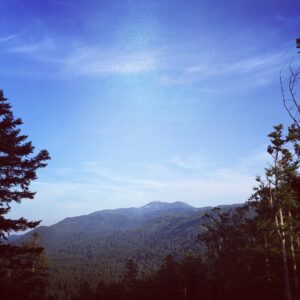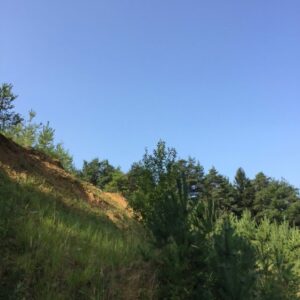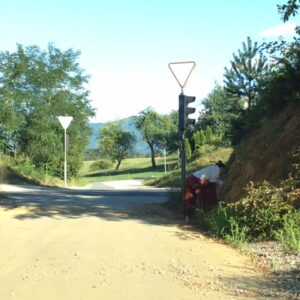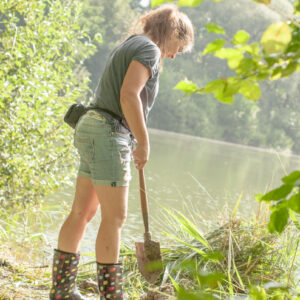How to find clay in nature: part II
After you know what you are looking for, I would like to say again:
YOU are the potter, you decide what is workable clay for you. It can be any kind of material, which is plastic and sticky enough for you to work with, no matter the materials inside – except for one thing. It needs to survive the firing without melting.
Do not bother with professional details of what clay is. In potter’s world clay is a workable material. And if you set out to find it in nature, you need to learn to work with what you get. Every location will give different results. That is the magic! Some will be good for the wheel, some for hand building. Some for low and some for high temperature. Work with what nature gives you. Be adjustable.
Part II: researching possible clay locations
Maybe you can just go for a walk or a drive and you accidentally find it. I do many times. But you need to know how to look. I write about that later.
Ask people. Ask them if they know if the area had a brick or pottery factory in the past, or maybe still has in present day. That means they need to have a location near by where they dig clay. You will be amazed about all the things you don’t know about your place. You can learn much about history, present or future of one place, once you show some interest and start asking. People will give you answers from different angles. You can learn so much more than just where clay is. You will connect with the land you are exploring. And maybe people just simply know where clay is.
Go to local museum. Look and ask about history of clay industry in the area. If ancient Romans had potteries in your area, there is a chance clay is still there.
Get a geology map. Be a nerd about it. Simple.
Do a research on Google Maps. Do you know how to read maps and how to switch on satellite view? It comes rather handy. You will be amazed what you can read from a simple Google Map. You can explore possible quarries, possible clay pits. Further more, you can see exposed land areas. If the map isn’t up-to-date, you can still check if the exposed surface is still there. Exposed surface means you don’t need to dig. It doesn’t necessarily mean that clay is there, but there is a chance it is.
Inquire about construction sites, excavation sites. Everywhere where they build, they dig deep with machines. Many times into clay. It is the one thing that is really useful, because normally you don’t have the power to dig so deep. And keep your eyes open, when you drive around your town or village. There are several construction sites active many times per year. Maybe just a new water line, or new internet cable, usually it’s all in one trench, along with clay. But be subtle about it. You maybe be taking clay from a place where people don’t want you be digging around.
Connect with geologists. They come in pretty useful too! They know a thing or two about where clay is.
In part 3 we will talk about going on site and how to prepare for that. Stay with me!








